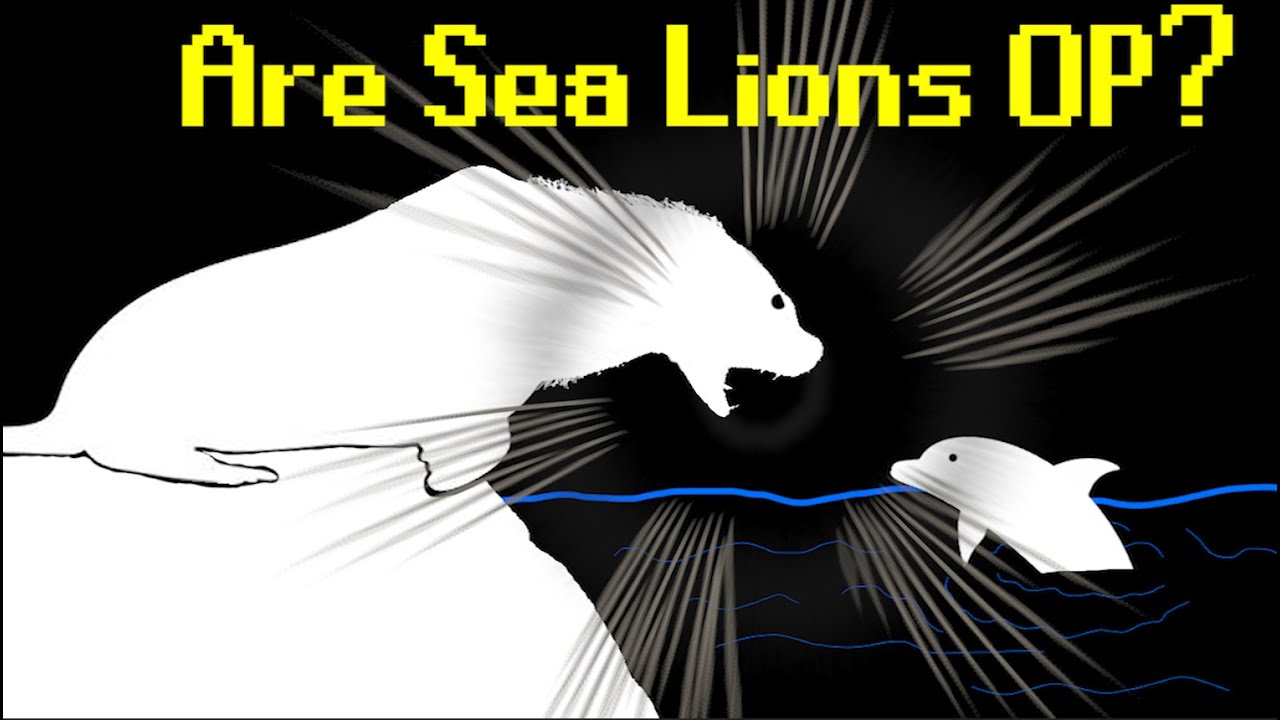Introduction: Sea lions in Rhode Island
Sea lions are fascinating marine mammals known for their playful nature and remarkable acrobatic skills. While they are commonly associated with the West Coast of the United States, particularly California, many wonder if these charismatic creatures can also be found in Rhode Island. In this article, we will explore the presence of sea lions in Rhode Island, their physical characteristics, habitat preferences, distribution worldwide, historical presence in the region, current population, factors affecting their presence, recent sightings and data, conservation efforts, potential impact on local ecosystems, and their interaction with human activities.
Physical characteristics of sea lions
Sea lions are pinnipeds, belonging to the family Otariidae. They have a distinct appearance, characterized by a streamlined body, elongated foreflippers, and external ear flaps. Adult males, known as bulls, are significantly larger than females, or cows, with an average length of 8 to 10 feet and a weight of 600 to 800 pounds. Bulls also possess a prominent bony ridge on their forehead called a sagittal crest. Females, on the other hand, measure around 6 to 7 feet in length and weigh approximately 200 to 250 pounds. Both males and females have a dense layer of blubber that helps insulate them in cold waters.
Habitat preferences of sea lions
Sea lions exhibit a preference for rocky coastlines and offshore islands, as these locations provide them with suitable haul-out sites and protection from predators. They have been observed to breed and rest on sandy or rocky beaches, as well as rocky platforms and caves. These habitat preferences are influenced by factors such as accessibility to food sources, temperature, and the availability of suitable breeding grounds.
Distribution of sea lions worldwide
Sea lions are found in various parts of the world, inhabiting both the northern and southern hemispheres. They are primarily concentrated along the coasts of the Pacific Ocean, from North America to South America, including the Galapagos Islands. Other populations can be found in the waters surrounding southern Australia, New Zealand, and the Falkland Islands. However, their range is not limited to these regions, as they have been known to disperse over long distances in search of food or suitable breeding grounds.
Historical presence of sea lions in Rhode Island
Historically, Rhode Island has been considered a part of the range of harbor seals (Phoca vitulina), rather than sea lions. It is important to note that sea lions, specifically the California sea lion (Zalophus californianus), are more commonly associated with the West Coast of the United States. While there have been occasional reports of sea lions straying far from their typical range, their historical presence in Rhode Island is minimal.
Current population of sea lions in Rhode Island
Presently, sea lions have a very limited presence in Rhode Island. The lack of suitable habitat and the distance from their primary range are key factors contributing to their sparse population in the region. However, it is important to monitor their presence as occasional sightings or strandings may occur due to various reasons, including disorientation, following food sources, or dispersal during migration.
Factors affecting sea lion presence in Rhode Island
Several factors contribute to the limited presence of sea lions in Rhode Island. The first is the availability of suitable haul-out sites and breeding grounds. The rocky coastlines and offshore islands in Rhode Island do not provide the ideal conditions for sea lions to establish sustainable populations. Additionally, the availability of prey, such as fish species that sea lions feed on, may also impact their presence. Competition with other marine mammals, such as seals, could further affect their ability to establish and maintain populations in Rhode Island.
Recent sightings and data on sea lions in Rhode Island
While rare, there have been occasional sightings of sea lions in Rhode Island. These sightings are often the result of individual sea lions straying far from their typical range or experiencing navigational errors. In recent years, reports have indicated a few sightings of sea lions along the coast, mainly during the warmer months. However, these sightings are sporadic and do not indicate the establishment of a resident population.
Conservation efforts for sea lions in Rhode Island
Given the limited presence of sea lions in Rhode Island, specific conservation efforts targeting these marine mammals are not currently in place. However, general conservation measures aimed at protecting the marine environment and its biodiversity indirectly benefit sea lions. These include initiatives focused on reducing pollution, managing fishing practices to ensure sustainable prey populations, and protecting critical habitats.
Potential impact of sea lions on local ecosystems
The potential impact of sea lions on local ecosystems in Rhode Island, if a resident population were to establish, could be significant. Sea lions primarily feed on fish species, which could affect commercial and recreational fishing activities. Additionally, their presence could influence the behavior and distribution of other marine mammals, such as seals, potentially leading to changes in the local marine ecosystem.
Interaction between sea lions and human activities in Rhode Island
Given the limited presence of sea lions in Rhode Island, human interactions with these marine mammals are infrequent. However, if sea lions were to become more prevalent, it would be important to educate the public about responsible viewing practices to minimize disturbance to the animals and maintain their natural behaviors. Guidelines for boaters, beachgoers, and fishermen could help ensure a harmonious coexistence between humans and sea lions.
Conclusion: Prospects for sea lions in Rhode Island
While sea lions are not a resident species in Rhode Island, occasional sightings and strandings indicate the potential for their presence in the region. Factors such as habitat availability, prey abundance, and competition with other marine mammals influence the prospects for establishing sustainable populations. Monitoring and conservation efforts must be in place to protect these charismatic creatures, while also considering their potential impact on local ecosystems. By understanding the dynamics of sea lion presence and promoting responsible human interactions, Rhode Island can contribute to the broader conservation of these remarkable marine mammals.





